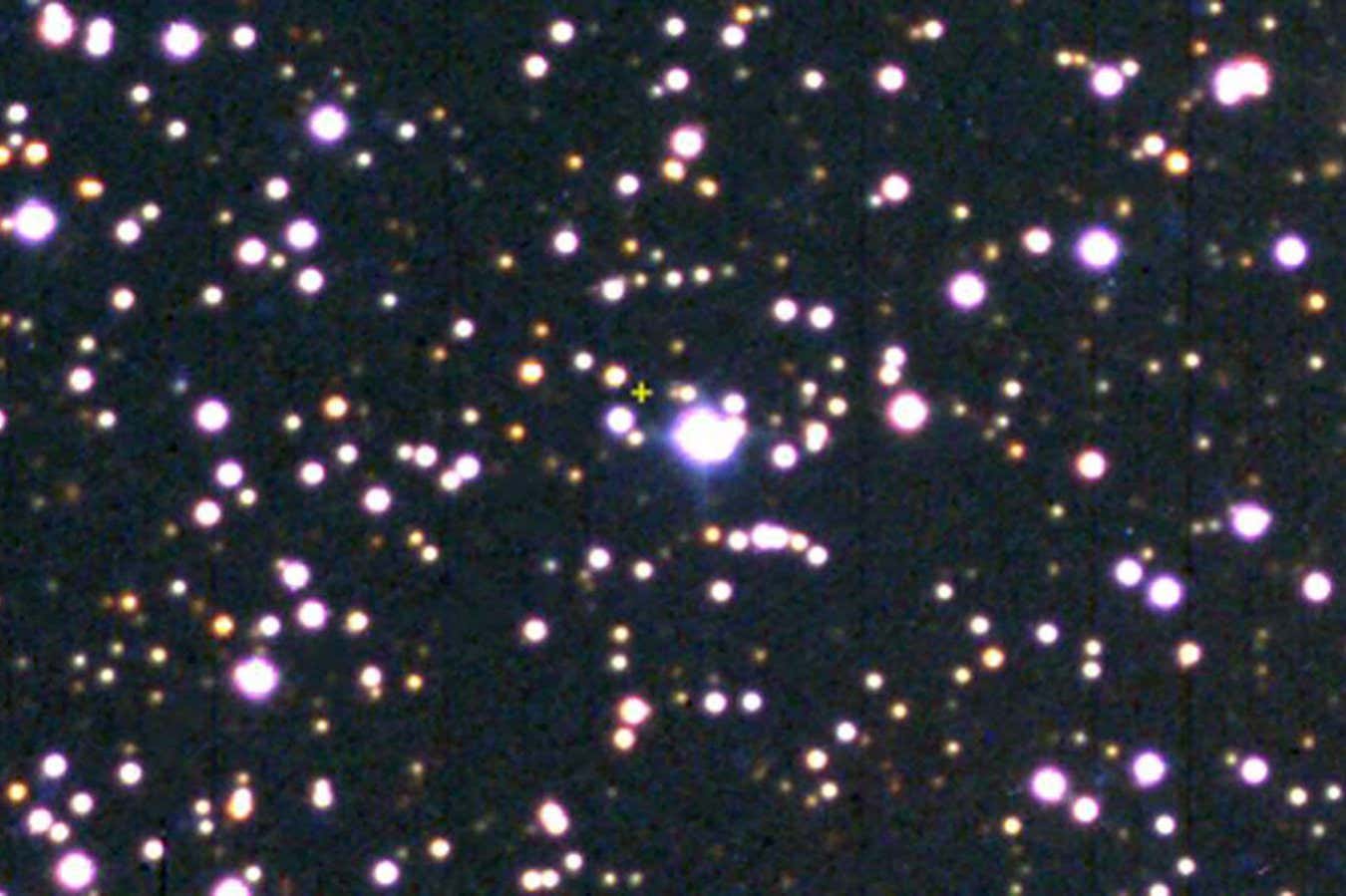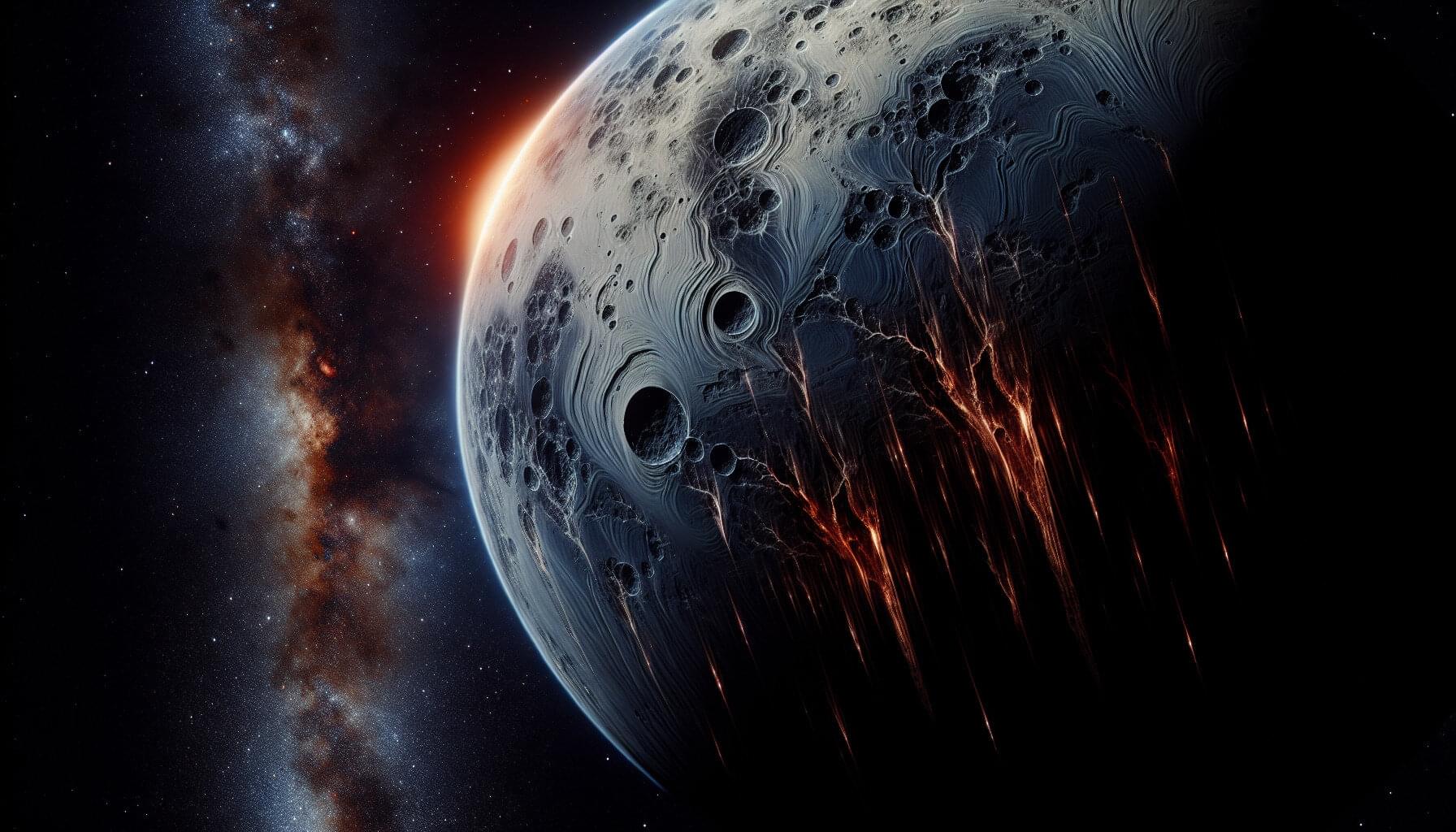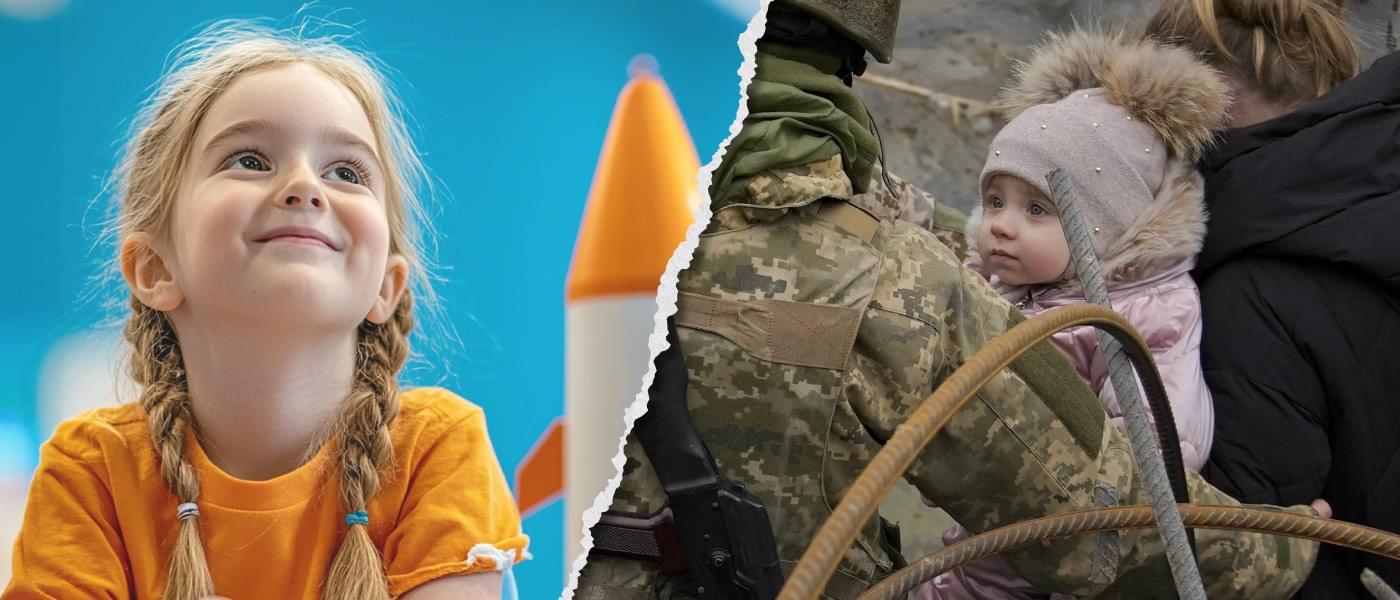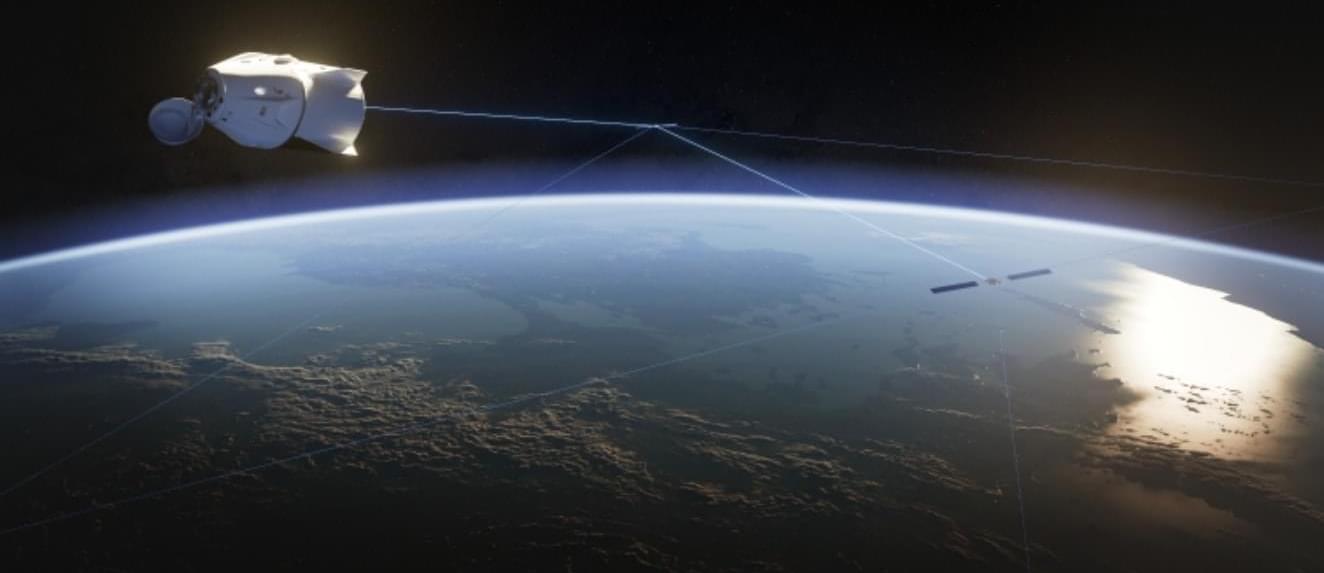In 1892, astronomer Edward Emerson Barnard thought he saw a bright star near Venus, but then it vanished. We may now know why




Not all planets are lucky enough to live in a neighborhood like our Solar System – some are doomed to roam the cosmos alone. Astronomers have now, for the first time, measured the mass of, and distance to, one of these lonely worlds.
The planet packs about a fifth of the mass of Jupiter, and is located a little under 10,000 light-years away from Earth, towards the center of our galaxy. That size suggests it most likely formed as part of a planetary system, before being exiled by a game of gravitational billiards.
Related: Record-Smashing Rogue Planet Caught Growing at 6 Billion Tons Per Second.

NASA has officially lost contact with a spacecraft that has been orbiting Mars since 2014.
The MAVEN spacecraft – Mars Atmosphere and Volatile Evolution – abruptly lost contact with Earth on 6 December 2025 while passing behind the red planet in the normal course of its orbit. When MAVEN re-emerged from behind Mars, however, NASA ground control was unable to reestablish a connection.
On December 9, the space agency announced it is investigating the issue and attempting to locate a signal.

While most planets that we are familiar with stick relatively close to their host star in a predictable orbit, some planets seem to have been knocked out of their orbits, floating through space free of any particular gravitational attachments. Astronomers refer to these lonely planets as “free-floating” or “rogue” planets.
Recently, a new rogue planet was identified, and, unlike previously identified rogue planets, astronomers were able to calculate both its mass and distance from Earth. A new study, published in Science, describes how a few lucky observations from both ground-based and space-based telescopes made these calculations possible.


Help us help the kids of Ukraine to dream about the future.
Space, hope, and a great cause on the side of freedom. Follow the links. Make the donation, put a telescope, model rocket or robot in the hands of a kid who very badly needs Permission to Dream!
Space4 Ukraine empowers young Ukrainians whose education has been disrupted by war, giving them access to the tools, training, and opportunities they need to rebuild their future—and ours. Because no human potential should ever be wasted.


In this Oct. 20, 2025, photo, tiny ball bearings surround a larger central bearing during the Fluid Particles experiment, conducted inside the Microgravity Science Glovebox (MSG) aboard the International Space Station’s Destiny laboratory module.
A bulk container installed in the MSG, filled with viscous fluid and embedded particles, is subjected to oscillating frequencies to observe how the particles cluster and form larger structures in microgravity. Insights from this research may advance fire suppression, lunar dust mitigation, and plant growth in space. On Earth, the findings could inform our understanding of pollen dispersion, algae blooms, plastic pollution, and sea salt transport during storms.
In addition to uncovering potential benefits on Earth, research done aboard the space station helps inform long-duration missions like Artemis and future human expeditions to Mars.
